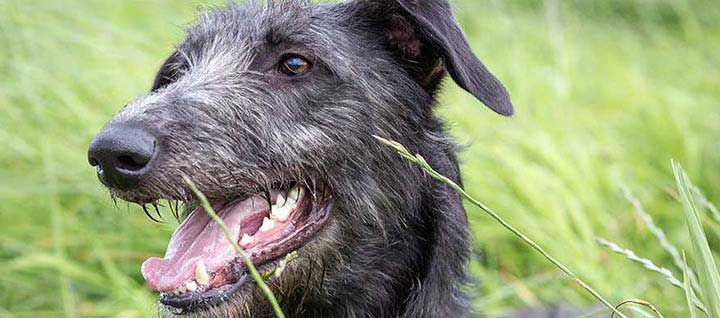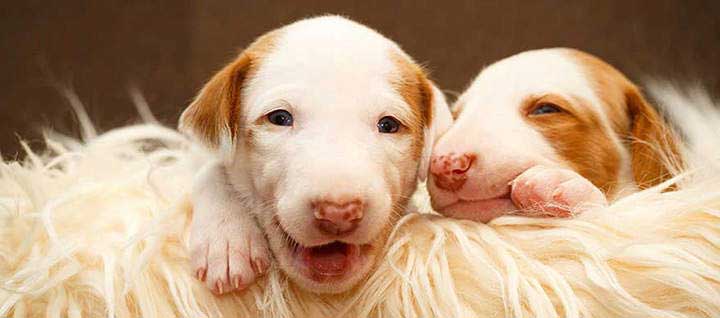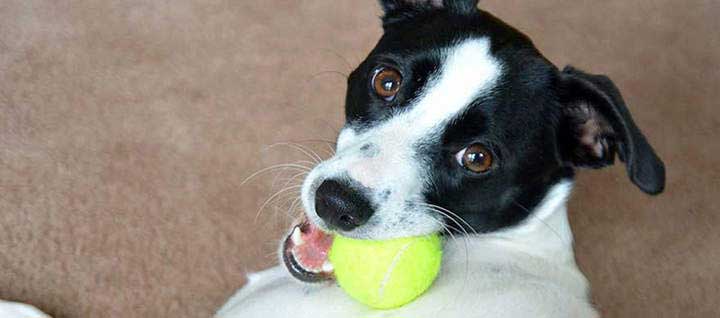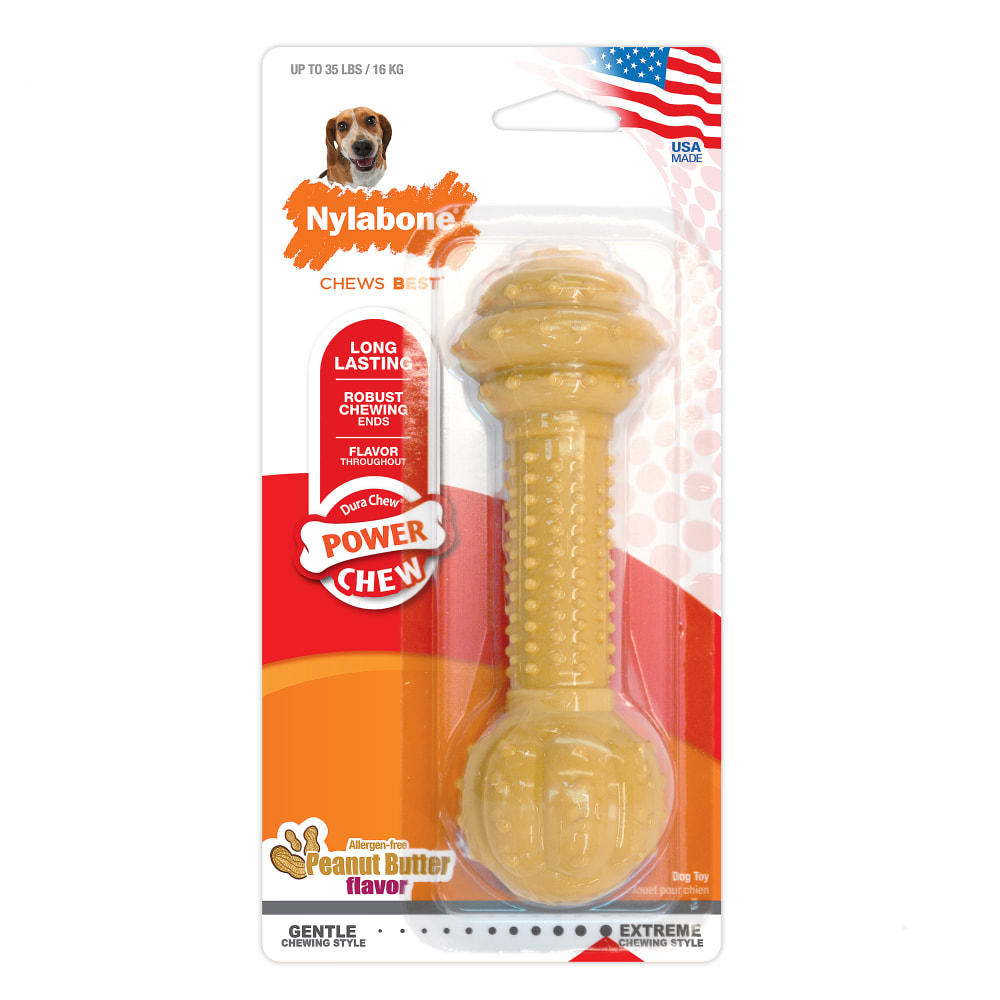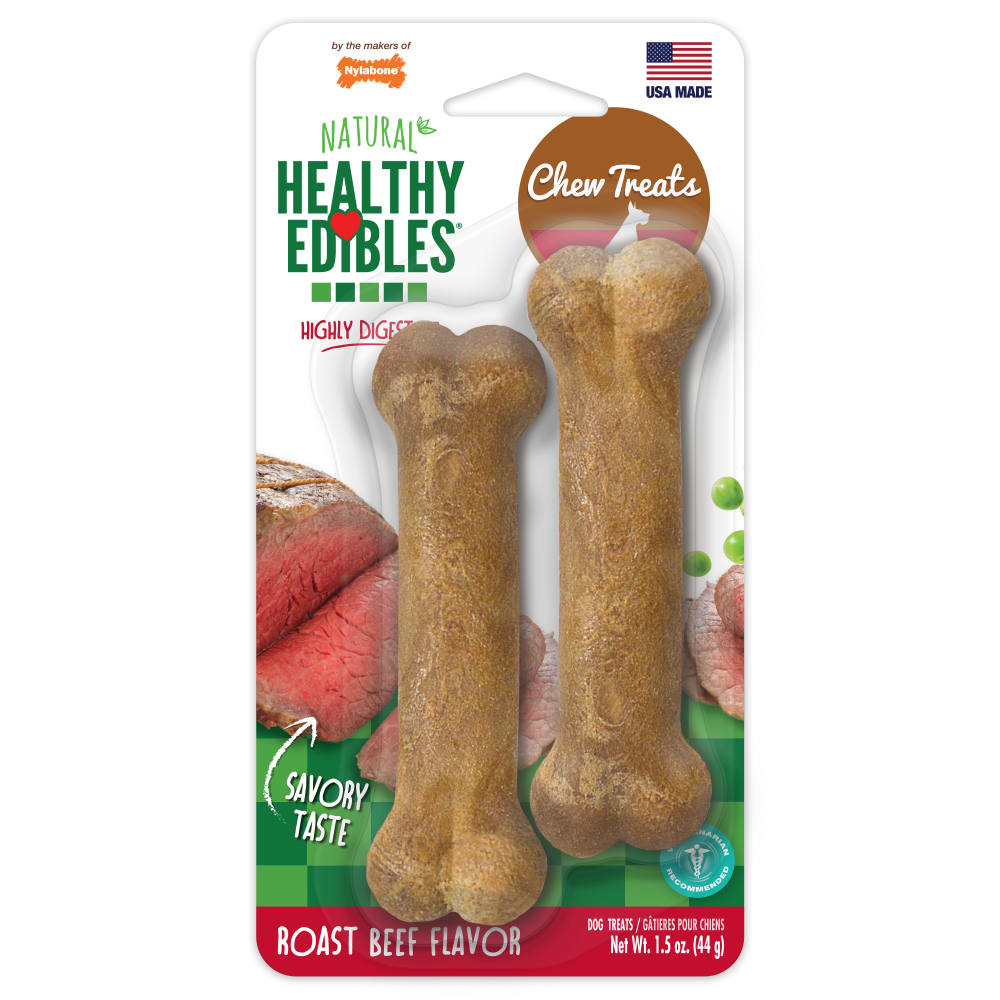Scottish Deerhound Dog Breed
Country of Origin: Scotland
Height: 28 inches and over
Weight: 75–110 pounds
Coat: Harsh, shaggy, thick, close lying; beard and mustache
Colors: Dark blue-gray, darker and lighter gray shades, brindles and yellows, sandy red or red fawn with black points
Other Names: Deerhound
Registries (with Group): AKC (Hound); UKC (Sighthound & Pariah)
Origin and History
The dignified, aristocratic Deerhound is of such antiquity that his exact origin is probably lost in the mists of time. The earliest description of the breed is in the first book to officially classify English dogs, De Canibus Britannicis (The Dogs of England), published in 1570 by John Caius, physician to Queen Elizabeth I. The breed was definitively identified as the Deerhound as early as the 16th century. He was highly valued for his speed, strength, and hunting skills, and no one below the rank of earl was allowed to own one. But in the 18th century, several factors combined to send the breed into decline. Hunters began to use guns, land became fenced in, the great Scottish clans waned, and large game disappeared. So, too, nearly did the noble Scottish Deerhound. By the late 1700s and early 1800s, the breed was almost extinct. Fortuitously, around 1825, two brothers named Archibald and Duncan McNeill set about restoring the breed. As with several other breeds, the Scottish Deerhound's popularity increased when Queen Victoria became a fancier.
Personality Profile
The Scottish Deerhound is the embodiment of calm gentleness, elegance, dignity, and quiet devotion. Although courageous in the hunt, he is not a watchdog, for he is far too polite and kindhearted to challenge an intruder. As a puppy, he is active, but the adult Deerhound is quite sedentary indoors and enjoys napping (although he needs ample daily outdoor exercise). This loyal dog loves his family and makes an excellent companion for children. He inspires a deep admiration in those who know him—the writer Sir Walter Scott called his Deerhound, Maida, "the most perfect creature of heaven."
Care Requirements
Exercise
The Scottish Deerhound needs ample daily exercise, such as a long walk or jog. Although it is beneficial for the Deerhound to be allowed to run, as with all sighthounds, care must be taken to not set him loose in an unconfined area because the chase instinct may cause him to stray. Coursing work requires extensive preparation but is an excellent activity for this breed.
Grooming
The Scottish Deerhound requires only minimal grooming; a thorough going-over with a comb or brush once or twice a week is adequate. Some owners neaten the hair around the face and ears with light trimming or stripping.
Life Span
8 to 11 years.
Training
The laid-back Deerhound is often slow to obey commands and can become bored with long training sessions or extensive practice periods. However, he likes to please his owner. It is important to keep sessions short and to find a motivator that he enjoys, whether a food treat, a toy, or a run afterward.
Find a Nylabone chew, treat, or toy for your Scottish Deerhound or large dog by using our Custom Product Finder!
Excerpt from World Atlas of Dog Breeds, 6th Edition © 2009 TFH Publications, Inc.FOLLOW US!

